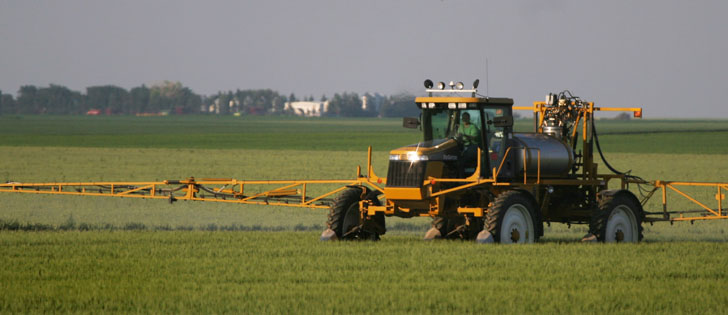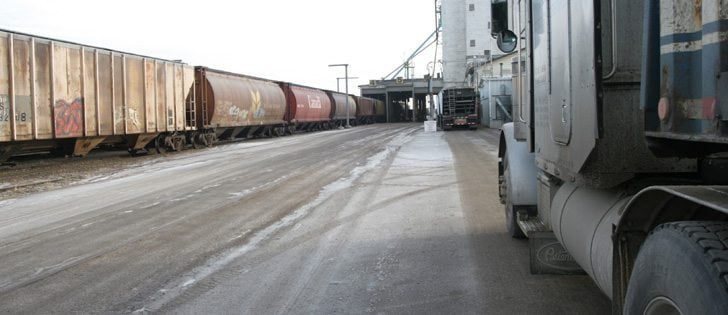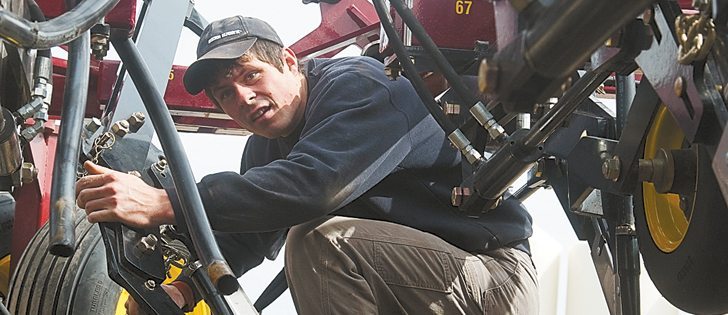Even though a person may carry on a farming business, it doesn’t necessarily mean Canada Revenue Agency will consider him a full-time farmer and allow full deductions for losses from farming activities.
Canada’s tax rules classify farmers into three groups:
- Full-time farmers
- Hobby farmers
- Farmers pursuing farming profits but not as chief source of income.
The principal difference between classifications is the extent to which a farmer can deduct expenses relating to farming activities.
Full-time farmers
Read Also

Canola oil transloading facility opens
DP World just opened its new canola oil transload facility at the Port of Vancouver. It can ship one million tonnes of the commodity per year.
Full-time farmers, for whom farming is a chief source of income, are allowed to treat their farming business like any other business, which means they can claim losses against other income for tax purposes if they suffer losses in any given year.
From a tax perspective, this is the best type of classification for a farmer.
Example: A farmer who raises dairy cattle and almost all income comes from selling the cows’ milk.
In 2009, the farmer had a bad business year and lost $30,000. Because the dairy cows are the farmer’s chief source of income, he can deduct this $30,000 against any other income, such as investment earnings.
The farmer could also carry the loss forward for up to 20 years or back for up to three years to be used against income in other years.
Hobby farmers
Hobby farmers, for whom farming is a personal pursuit, cannot deduct losses from their farming activity, but they must claim all income earned.
These people are generally not farming with an expectation of earning a profit.
From a tax perspective, this is the worst type of classification.
Example: A banker who works in the city but also operates a small vineyard.
Each year, he produces wine for himself and his friends and family.
To produce this wine, the farm incurs annual losses. Although growing grapes in the vineyard would be considered farming, the banker has no expectation of profit. Therefore the business would be considered a hobby farm.
These losses could be deducted only against future income from the hobby farm, but not against any other source of income.
Farmers pursuing farming profits but not as chief source of income
A third type of classification is for farmers who undertake farming activities in pursuit of profit, but whose chief source of income is neither farming nor a combination of farming and another source of income.
These farmers are allowed to claim only farm losses, which are restricted to certain dollar amounts. This type of classification is the middle road between a full-time and hobby farmer.
Example: A dentist who lives and works in the city but spends her weekends on a ranch where she keeps a stable of racehorses.
The racehorses have won considerable prize money in the past but in 2009 they did not.
The dentist incurred $30,000 of expenses to maintain her horses. Because the dentist’s primary source of income is her dental practice, the $30,000 loss would be considered a restricted farm loss.
As a result, she can deduct only a portion of the loss against her dental practice income.
Although her race horse business is clearly a farming venture, it is not a chief source of income and therefore falls under the restricted category.
Keeping records is important to ensure that a farming business is carried on in a sufficiently commercial manner so that all losses can be deducted.
Farmers may wish to consult a tax professional to determine what facts will best establish a claim that will allow them to fully deduct farming losses.
Colin Miller is a chartered accountant and senior manager in KPMG’s tax practice in Lethbridge. Contact: colinmiller@kpmg.ca.
















